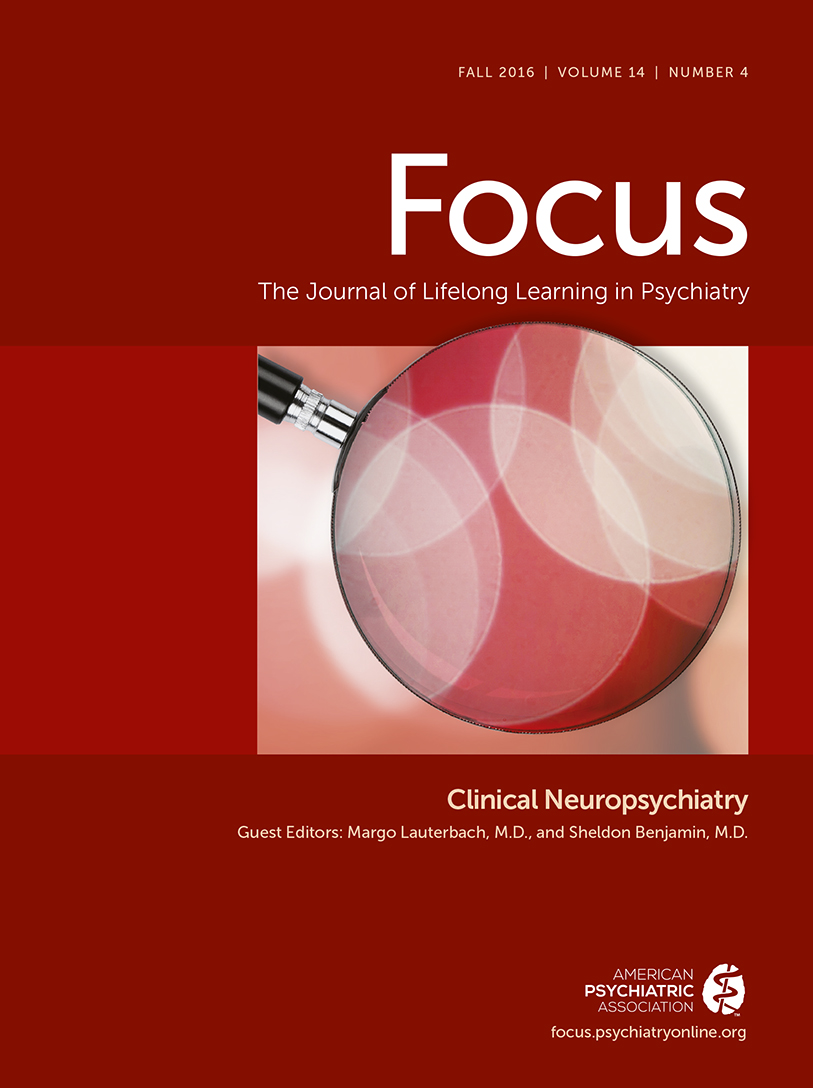A Clinical Guide to Frontotemporal Dementias
Abstract
The term frontotemporal dementia (FTD) describes a diverse group of clinical syndromes, including behavioral-variant FTD (bvFTD), nonfluent/agrammatic-variant primary progressive aphasia (nfvPPA), semantic-variant primary progressive aphasia (svPPA), FTD motor neuron disease (FTD-MND), progressive supranuclear palsy syndrome (PSP-S), and corticobasal syndrome (CBS). Although each of these syndromes may be distinguished by their respective disturbances in behavior, language, or motor function and characteristic imaging findings, they may present a diagnostic dilemma when encountered clinically. In this article, we review the clinical features, diagnostic criteria, pathology, genetics, and therapeutic interventions for FTD spectrum disorders.



